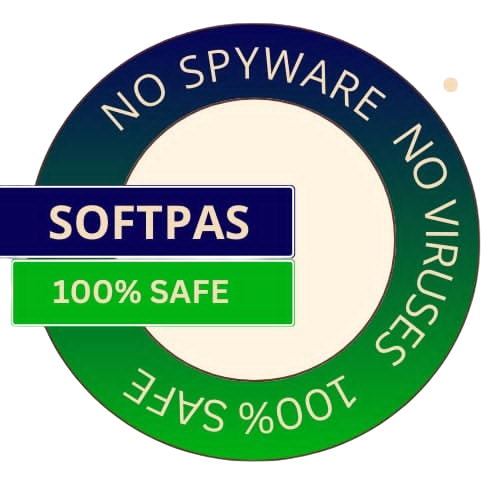
Get the best deals on your favorite games
Parallels Workstation is a super handy desktop virtualization tool that lets PC users create fully independent virtual machines right on their single physical machine. This means you can run different operating systems all at once without needing extra hardware!
So why should you check out Parallels Workstation? It really speeds up software development, cuts down on hardware costs, and boosts IT efficiency. Plus, it's great for showing off complex demos on your laptop or creating student-friendly teaching spaces.
Here are some standout features:
If you're thinking about installing Parallels Workstation, here's what you'll need:
The software also virtualizes a full set of standard PC hardware like:
If you're looking to get started with this awesome tool, check out the download link: This link will take you there!
Go to the Softpas website, press the 'Downloads' button, and pick the app you want to download and install—easy and fast!

SoftPas is your platform for the latest software and technology news, reviews, and guides. Stay up to date with cutting-edge trends in tech and software development.
Subscribe to newsletter
© Copyright 2024, SoftPas, All Rights Reserved.